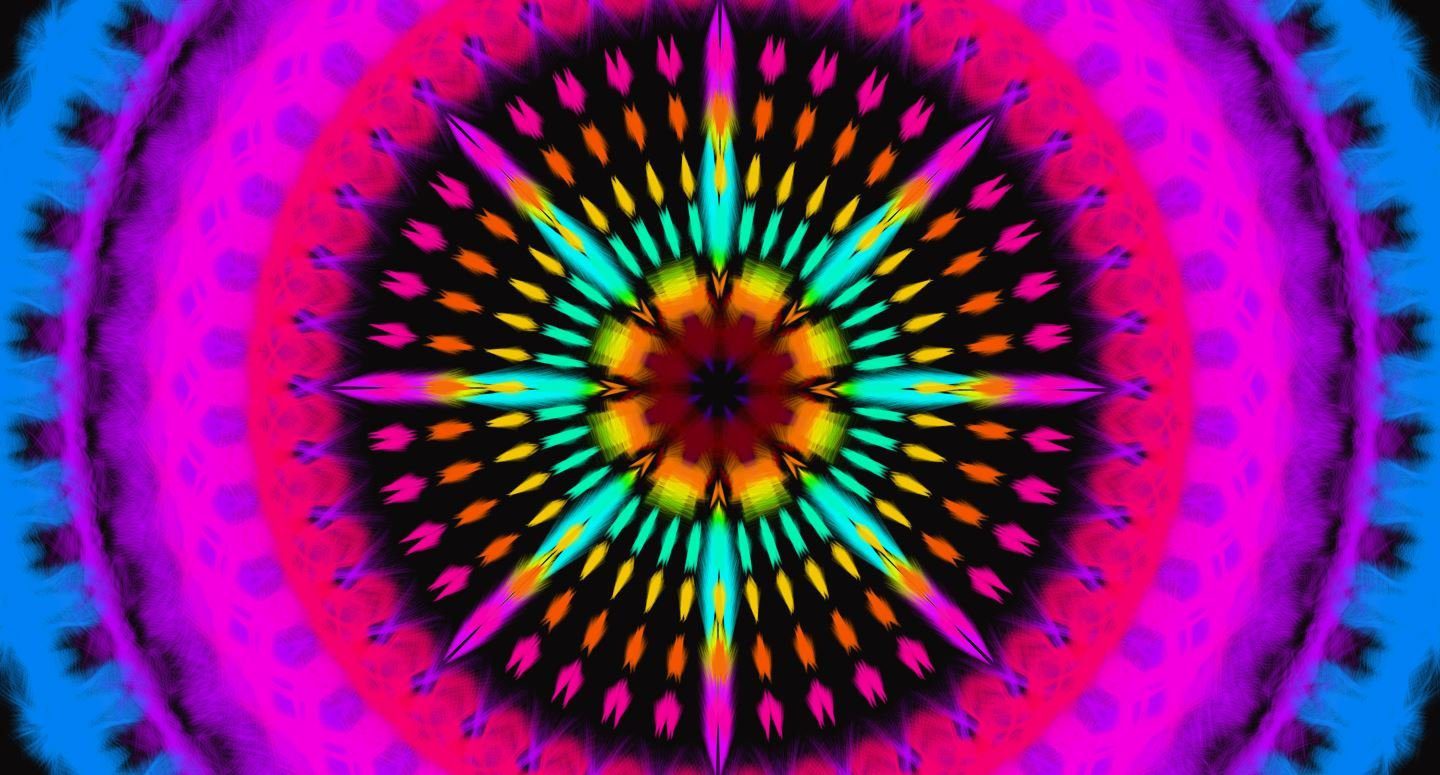For the most part, teaching the Elements of Art is fairly simple and straightforward. Color, shape, line: all of these things are easily understood by most of our students. However, when we get to art principles, things get murkier.
Balance can be an especially tricky concept to teach. This is even more true for the concept of radial balance. Sure, students can identify an image showing radial balance easily, but getting them to understand exactly how it’s created can be more of a challenge.
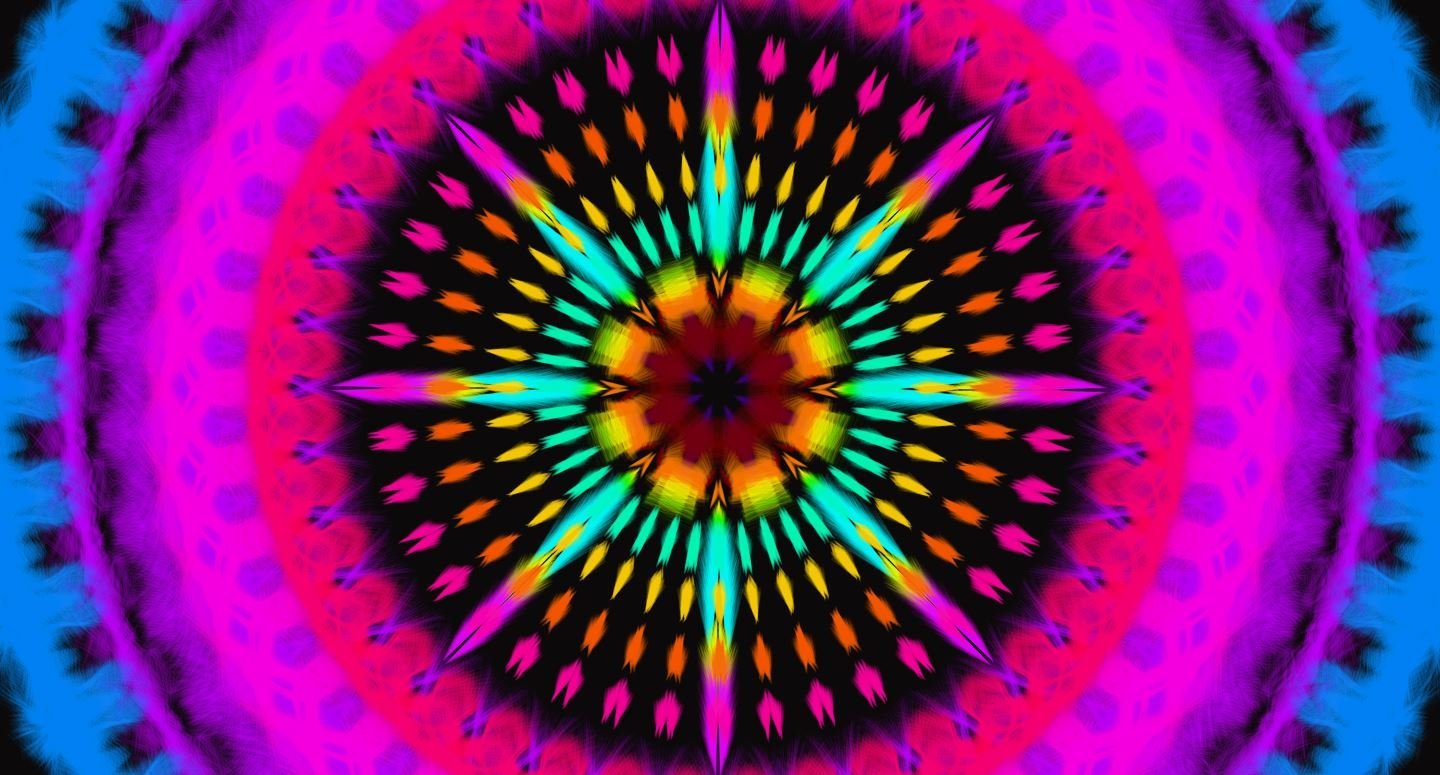
In years past, I sometimes skipped right over radial balance because I didn’t have the time to devote to it. However, with the aid of technology, that doesn’t happen anymore. In fact, I think that my students actually understand the concept better through technology than through creating physical projects.
If you’re looking for a better way to teach balance, give technology a try. Below are two recommended apps.
inspirARTion
For your PC and Android devices, I would recommend inspirARTion. This app has a free trial version that does everything you need and can quickly be downloaded from the Google store. I am sure the $2.99 version is amazing. It is very user-friendly and easy to navigate. You can select a single line of symmetry for your symmetrical projects. You can also select anywhere from 3-5 axes for your students’ radial images. Here are some student examples from my 5th-grade students.
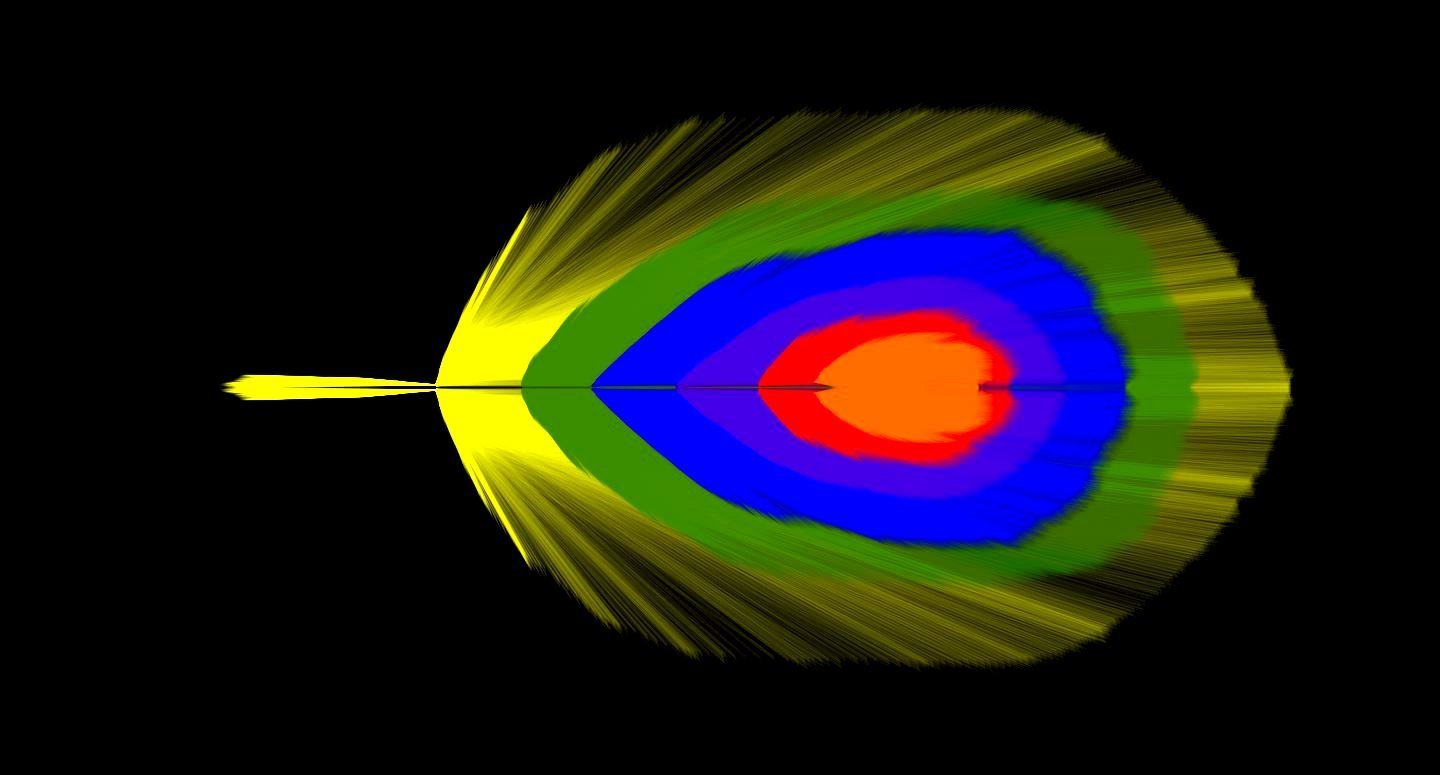
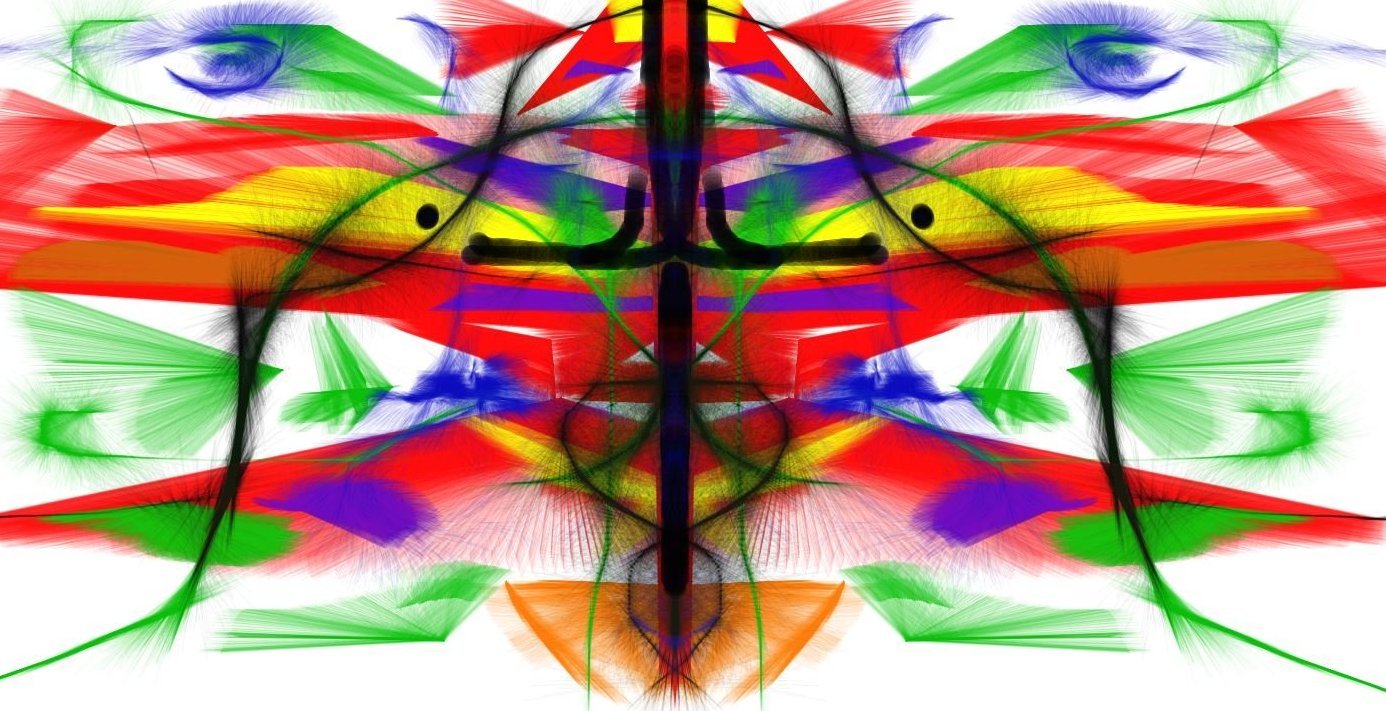
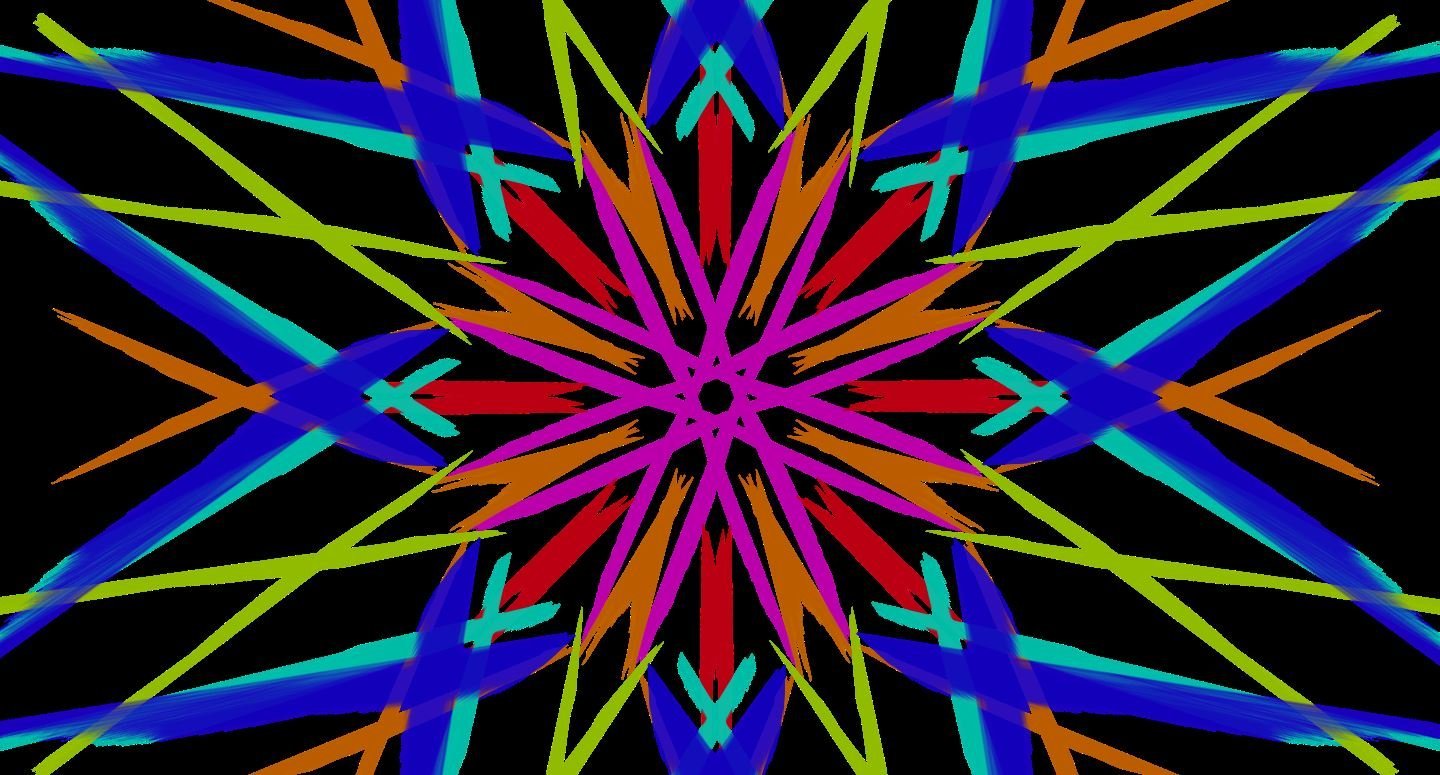
These images were created when I introduced the app to my students with a quick demonstration and then asked them to create both a symmetrical and a radial image. They easily accomplished both in one 50-minute class period. We used Artsonia as a way for them to hand in their projects, but they could also be quickly printed out.
Amaziograph
For your Apple devices, I would recommend the app Amaziograph. This $0.99 app is a lot of fun to use and can be used for symmetry, radial balance, tessellations, and more. Students simply “add” a new project, select the type of symmetry, and away they go. Here are some student examples of symmetrical and radial balance.
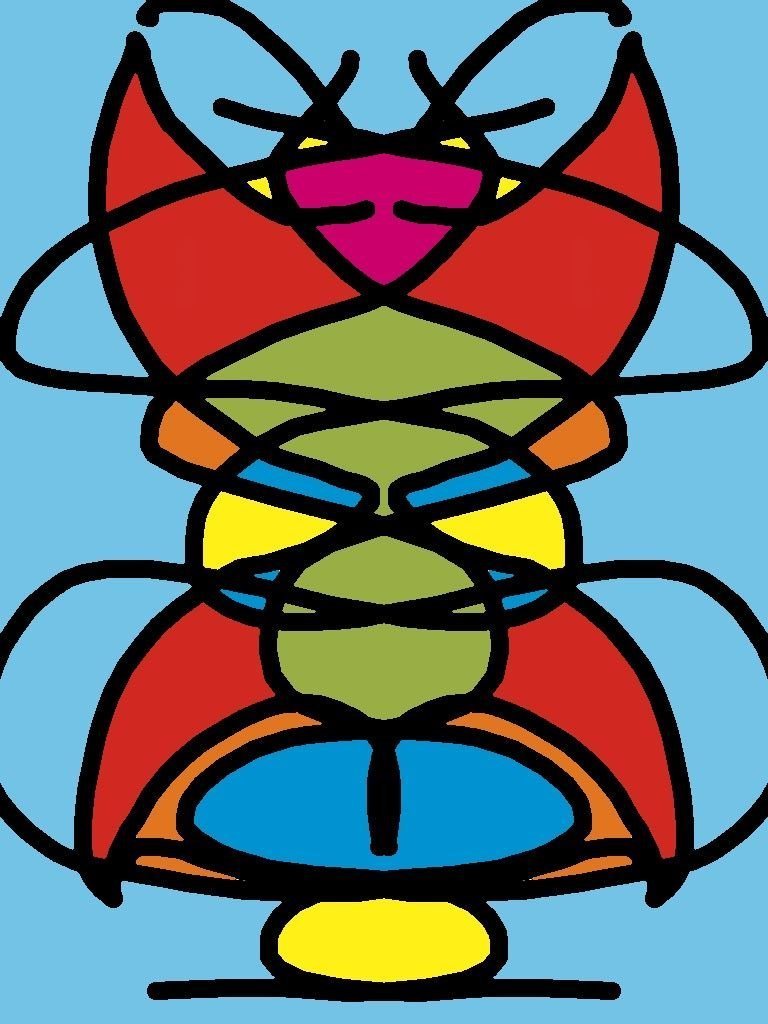
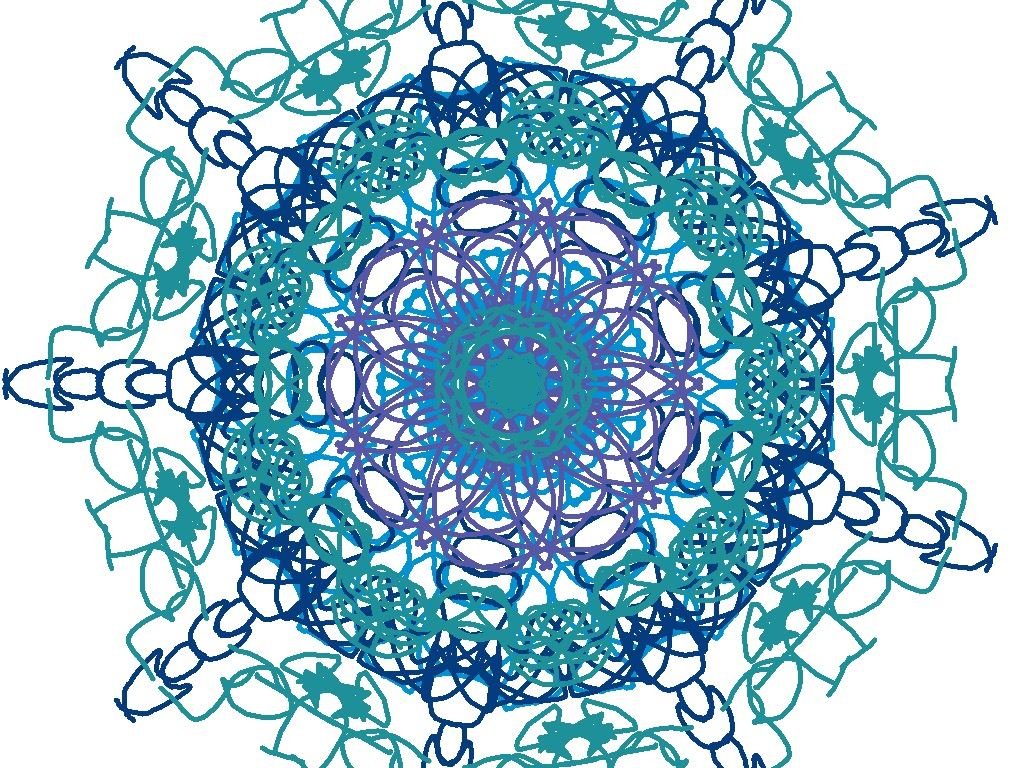
After the completion of a traditional, large radial image, my students taught themselves how to navigate this app to create these images. They handed them in via Artsonia, but there are other options available.
I still enjoy having my students create beautiful radial and symmetrical images with traditional materials, but using technology has greatly improved their understanding of these concepts. Now, I have them create one image with traditional materials and the other with technology. It’s the perfect balance!
What’s your favorite way to teach balance?
What other apps do you use to teach balance?
Magazine articles and podcasts are opinions of professional education contributors and do not necessarily represent the position of the Art of Education University (AOEU) or its academic offerings. Contributors use terms in the way they are most often talked about in the scope of their educational experiences.
